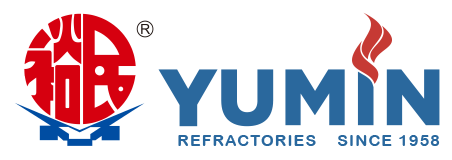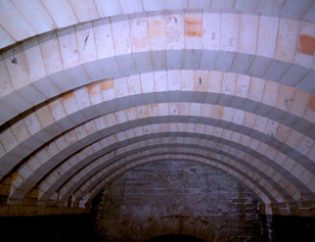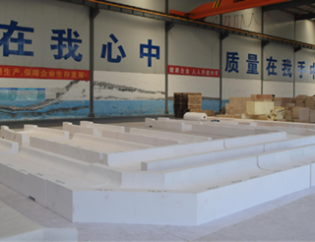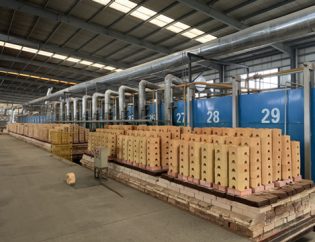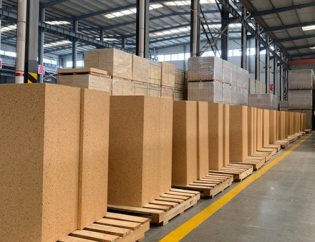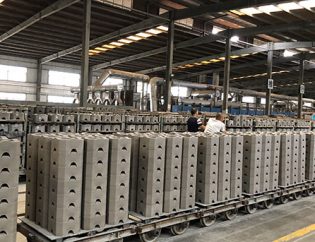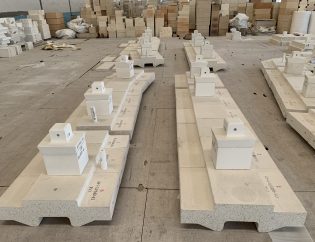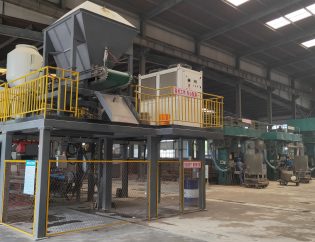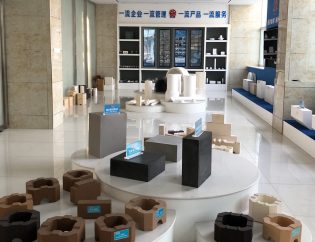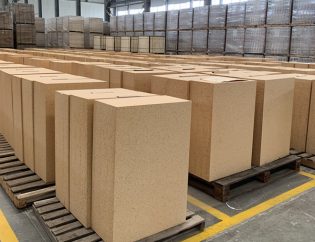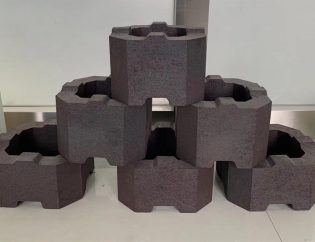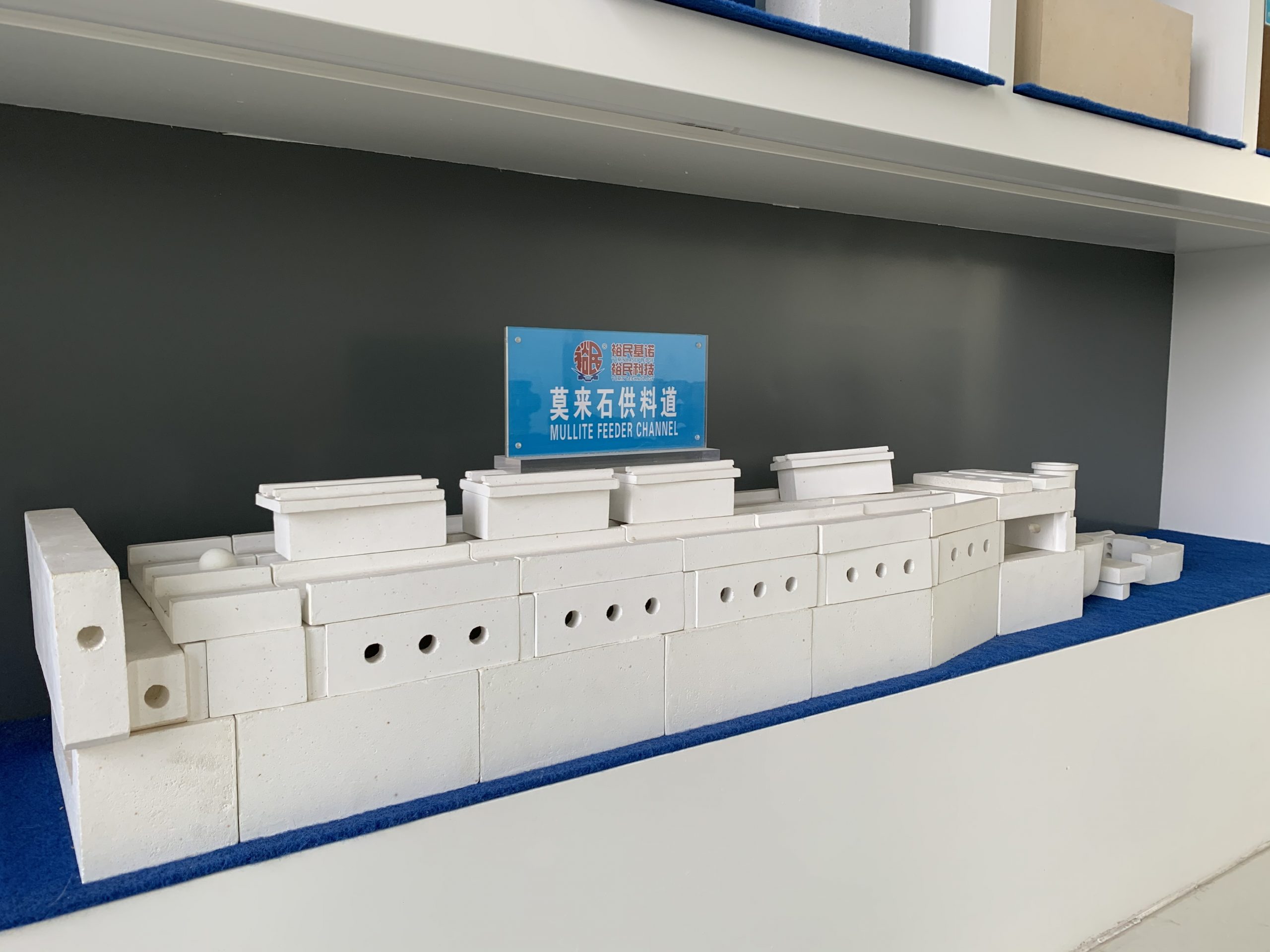
1, According to the different chemical mineral compositions, refractory materials can be divided into the following:
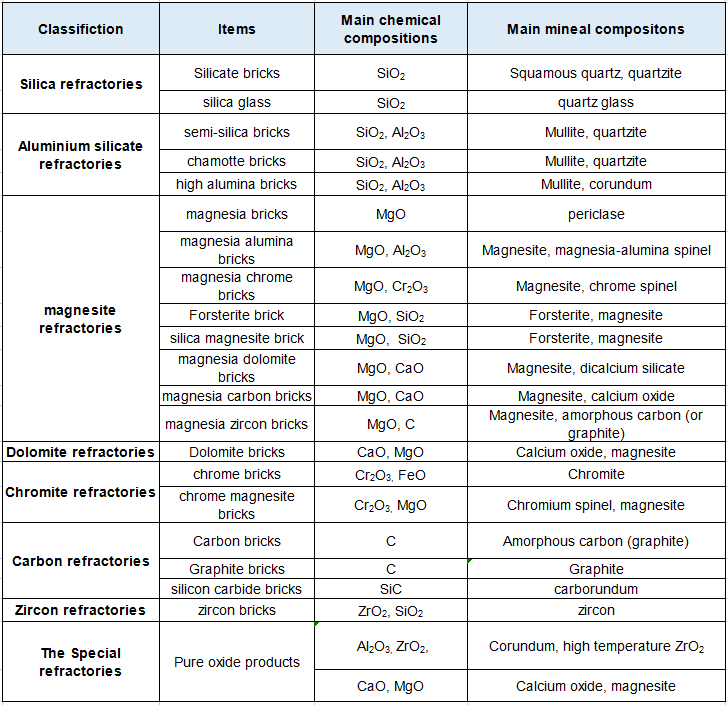
2, According to the appearance of refractory material, the refractory material can be divided into three types:

3, It can be divided into three types based on the chemical characteristics;
Acid refractories:
the main compositions of acid fire bricks are SiO2, ZrO2, and alumino-silicate, typical products are silica refractory, fireclay bricks, and quartz.
Alkaline refractories( also called basic refractories ):
The main compositions of alkaline refractory are CaO, MgO, dolomite, and chrome magnesite. typical products are magnesite bricks, magnesite chrome bricks,
chrome magnesite bricks, Dolomite bricks.
Neutral refractories: it is chemically stable to both acids and alkaline.
The main compositions are Al2O3, Cr2O3 and carbon, typical products are high alumina refractory bricks, chrome refractory bricks, and carbon bricks.
4, According to its refractoriness, the refractory products can be classified as;
Ordinary refractory material: the refractoriness is between 1580 ~ 1770°C,
Advanced refractory material: the refractoriness is between 1770 ~ 2000°C,
and Super refractory material: the refractoriness is (above 2000°C):
5, By shape and size, the refractory material can be divided into;
standard bricks,
special-shaped bricks,
super special-shaped bricks,
large special-shaped bricks, and
special refractory products such as laboratory or industrial crucibles, dishes, tubes, etc.
6, By manufacturing process, the refractory material can be divided into;
slurry cast refractory products,
plastic molded refractory products,
semi-dry pressed refractory products,
refractory products formed by tamping powdered non-plastic mud,
refractory products cast from molten cast materials and refractory products sawn from rock.
